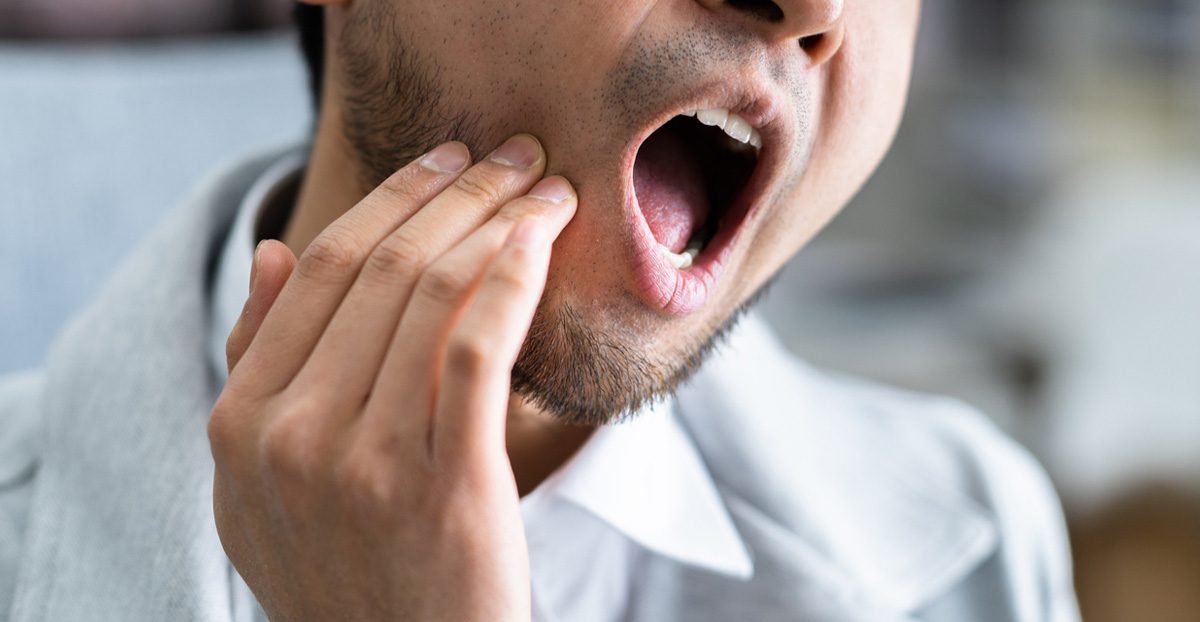The human body is a marvel of interconnected systems and functions, one of which includes the salivary glands. These glands are pivotal for oral health, aiding in digestion, maintaining oral moisture, and playing a significant role in keeping the mouth clean. Occasionally, issues may arise within these glands, such as blockages or infections. Sialendoscopy emerges as a revolutionary diagnostic and therapeutic solution to tackle these challenges head-on.
What is a Sialendoscopy?
Sialendoscopy is a minimally invasive procedure, focused on diagnosing and managing conditions associated with the salivary glands. Employing a slender, flexible tube equipped with a light and camera—the endoscope—physicians are provided with a direct view of the salivary ductal system. This real-time visualization allows for precise identification and treatment of issues within the glands.

Why Choose Sialendoscopy?
Various conditions can compromise the salivary glands:
- Sialoliths or Salivary Stones: These are calcified structures that can block the flow of saliva, leading to pain and swelling.
- Stenosis: The narrowing of the ducts can inhibit saliva flow, leading to recurrent infections and other complications.
- Infections: Typically caused by bacteria, infections can result in pain, swelling, and reduced gland function.
Sialendoscopy is highly beneficial due to its direct approach. By visualizing the problem firsthand, physicians can implement effective therapeutic interventions.
Advantages of Sialendoscopy
- Minimally Invasive: Compared to traditional surgical methods that might necessitate external incisions, sialendoscopy is far less invasive. As a result, patients experience reduced post-operative discomfort and quicker recovery.
- High Precision: The procedure offers accurate, real-time visualization, ensuring that issues are identified and addressed with precision.
- Dual Function: Sialendoscopy is both diagnostic and therapeutic. If, for instance, a salivary stone is detected, it can often be addressed during the same procedure, eliminating the need for a follow-up intervention.
What to Expect During a Sialendoscopy
Upon scheduling a sialendoscopy:
- A comprehensive evaluation is first conducted, often involving imaging studies to grasp the condition’s extent.
- Patients are then typically administered local anesthesia to numb the relevant area.
- Once the patient is comfortable, the endoscope is gently introduced into the affected salivary gland’s duct.
- Real-time imagery allows the physician to navigate and identify any abnormalities.
- If necessary, specialized tools can be introduced through the endoscope for therapeutic actions, like removing a stone or widening a narrowed duct.
The duration of the procedure may vary based on the complexity of the condition but generally takes 60 to 90 minutes.
Post-Operative Care and Recovery
While sialendoscopy is minimally invasive, patients might still experience mild swelling or discomfort. Key post-operative recommendations include:
- Avoiding eating or drinking for a couple of hours post-procedure.
- Following prescribed medications or pain relief measures.
- Refraining from strenuous activities for a few days.
- Keeping well-hydrated and adhering to a soft food diet if required.
Risks and Complications
Though the procedure boasts a high success rate, it’s not devoid of potential risks. Some patients might experience:
- Bleeding or infections.
- Injury to the salivary duct or gland.
- Incomplete resolution of the problem.
However, under the care and expertise of a skilled physician, these risks are significantly minimized.
